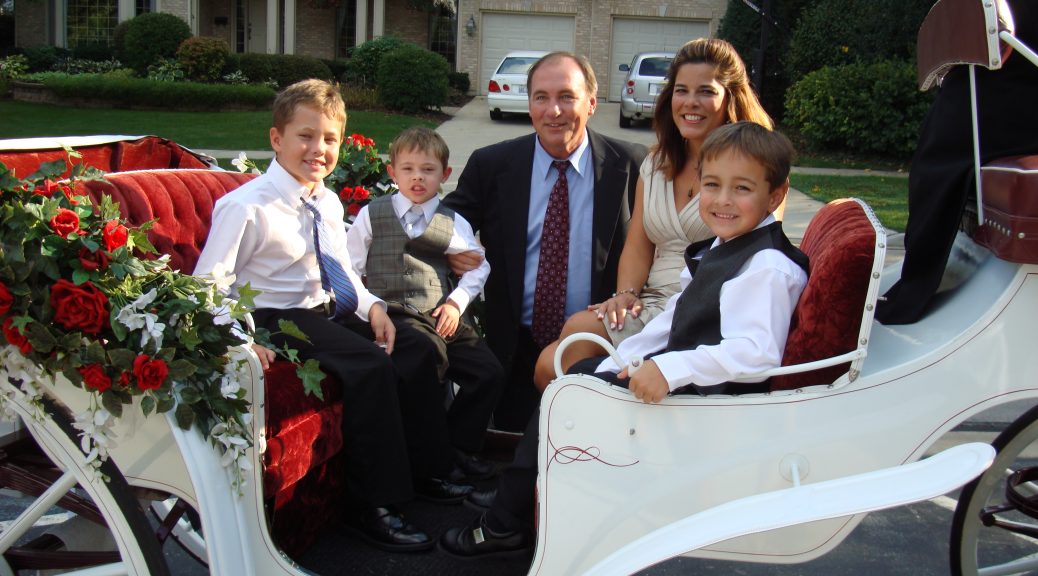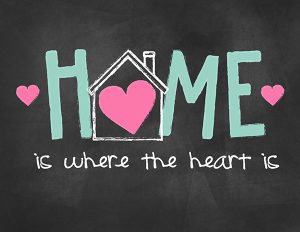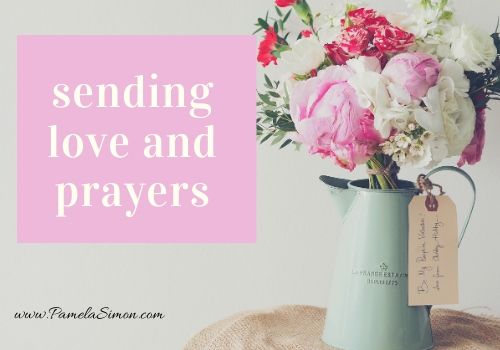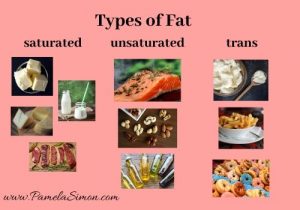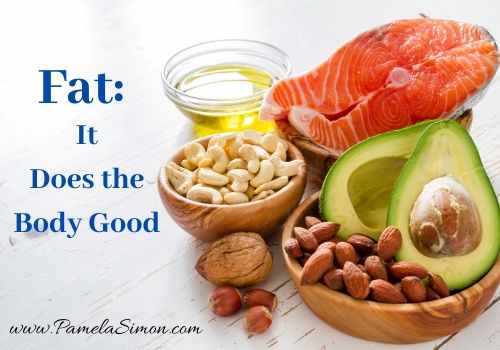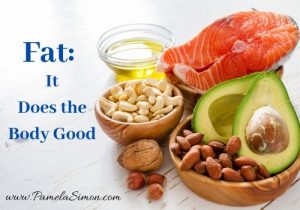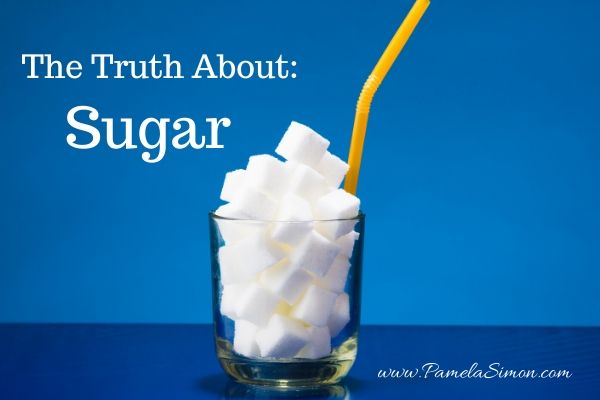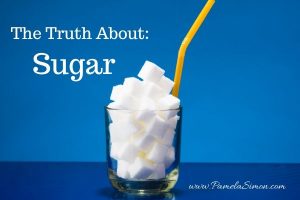Remembering Larry
Dear Friend,
Today, October 15, 2020, marks the 10th anniversary of Larry’s death. 10 years. Somehow hitting a marker such as this has left me simultaneously stunned and reflective these past few weeks. Ten years my children didn’t have their dad. Ten years of birthdays, holidays, graduations, and vacations celebrated without Larry. Many milestones in the boy’s lives achieved. This 10-year anniversary, in and of itself, is a milestone.
Every year, come September (the month Larry left home and entered the hospital) the anticipation of having to face the day he died is always looming in the distance and causes me weeks of increased anxiety and irritability. Yes, even 10 years later, this day is dreaded. I don’t think that will ever change. Whether it’s 10 years, 20 years or 50 years, October 15th is a day engraved in my soul.
But what has changed?
The biggest difference I see in who I am today versus the person I was 10 years ago; is how I live with my grief. Ten years ago, I was drowning in my grief. I was in pain physically, emotionally, and spiritually. Thankfully, I and the boys, took steps early and received a tremendous amount of support from family, friends, support groups and individual therapy.
Today, ten years later, I want to THANK EVERY SINGLE PERSON, who was there for me.
My parents, sisters and sisters-in-law, brother and brothers-in-law, relatives, friends, schoolteachers, counselors, therapists, sport coaches, business associates and YOU. I have received a great deal of encouragement from you through writing this blog.
To everyone, I say THANK YOU!
I know I’ve had my moments when I snapped at someone or shut down and didn’t want to talk to anyone. And I thank each person for continuing to reach out, for continuing to let me know you care. I wouldn’t be where I am today without your support.
Where am I today?
Admittedly the intensity of the grief has diminished as the years go on, but my love for Larry hasn’t and never will. I’ve come to accept the grief will always be there. I don’t cry every day like I used to. I don’t sit in limbo for long periods of time while my kids are at school like I used to, and most importantly, I don’t dread my future, a future without Larry, like I used to.
Like many people who have lost a loved one I’ve struggled with moving forward. I’ve struggled with being happy and feeling at times that my happiness is in some way a betrayal to Larry and what he meant to me. But what I’ve learned most is that my happiness is in no way a betrayal, instead it’s a testament to Larry and to the life he led and what he taught me.
He taught me life is to be lived every single day. He taught me to take risks. He taught me that I deserve to be happy and my children deserve to be happy! These are some of the greatest gifts he gave me.
In turn, my greatest gift to him is to be happy and live the best life that I can.
I miss him every single day. I think about him every single day. I miss seeing him, touching him, and getting a great big hug from him. But I’m grateful God gave me three children who each represent a different part of Larry, so he’s not completely gone.
My oldest Henry is Larry all over with his mannerisms, his temperament, and his double dimples. George has Larry’s ability to talk to anyone he runs into and genuinely appreciate each person for who they are. Larry’s favorite part of his job when he worked as a leasing agent for a billboard company was talking to the landowners. From Florida to Louisiana to Illinois he met quite a few characters. And he certainly enjoyed sitting down, having a beer, and just chatting. That is my George. And Charlie, he got his no holds bar, don’t mess with me attitude from Larry. When Charlie makes his mind up about something, no one can change it. Trust me, we have tried!
I’m fortunate and blessed that I have these reminders of Larry and I feel as fortunate today as I did many years ago that Larry came into my life. While I’ve been unfortunate losing him too soon, I have a lifetime of memories to carry me forward. Memories and pictures, like the one above. Pictures that once made me cry, now bring a smile to my face.
Celebrating Larry
Each year the anniversary of Larry’s death has been celebrated differently. We have cooked his favorite meal, drawn pictures, written notes, planted a memorial tree in our yard, and even taken a trip to Disneyland!
About a month ago I started thinking about how I would spend the day marking this 10th anniversary. To be honest, all I really wanted to do was crawl under my covers, sulk, watch Netflix, and snack on comfort food! As the day came closer, my calendar started filling up with meetings and social events that were beyond my control. My first instinct was to cancel or say no, I couldn’t attend. Then I realized I wouldn’t be living my life and that is not how I want to honor Larry.
So, I’m following the new flow of my life and while it feels a little uncomfortable, I’m going with it.
After all, I’m sure you’ve heard the saying, “if you’re not uncomfortable, you’re not growing!”
I pray we all continue to grow and live our lives to the fullest.
Many Blessings,
Pam
P.S. Happy Birthday to my sister-in-law! She shares a special day with Larry.

